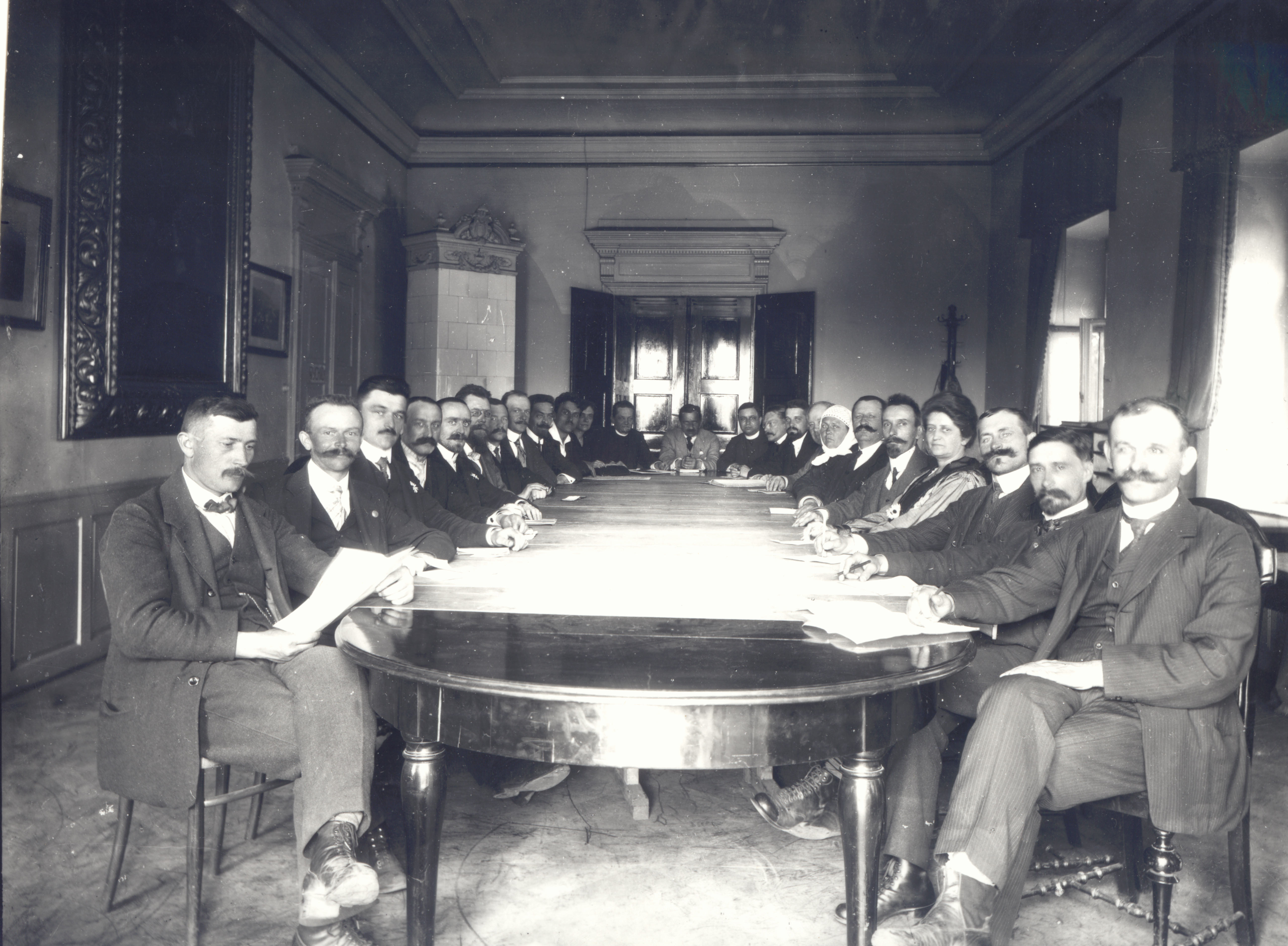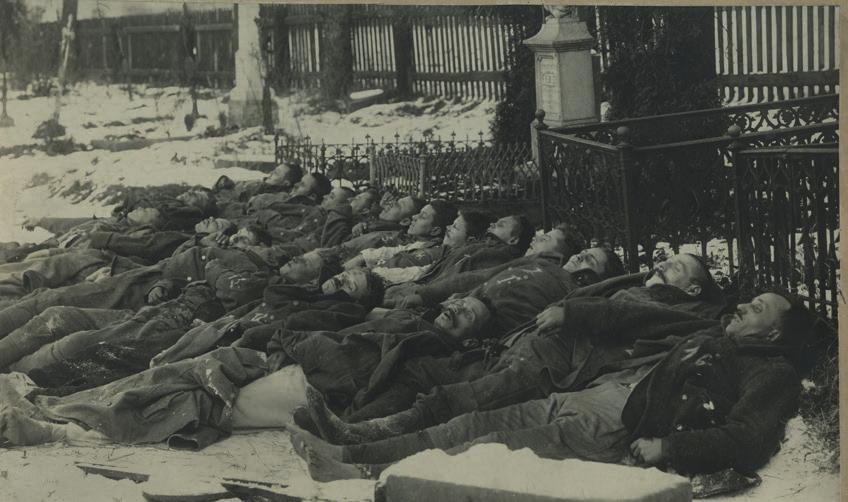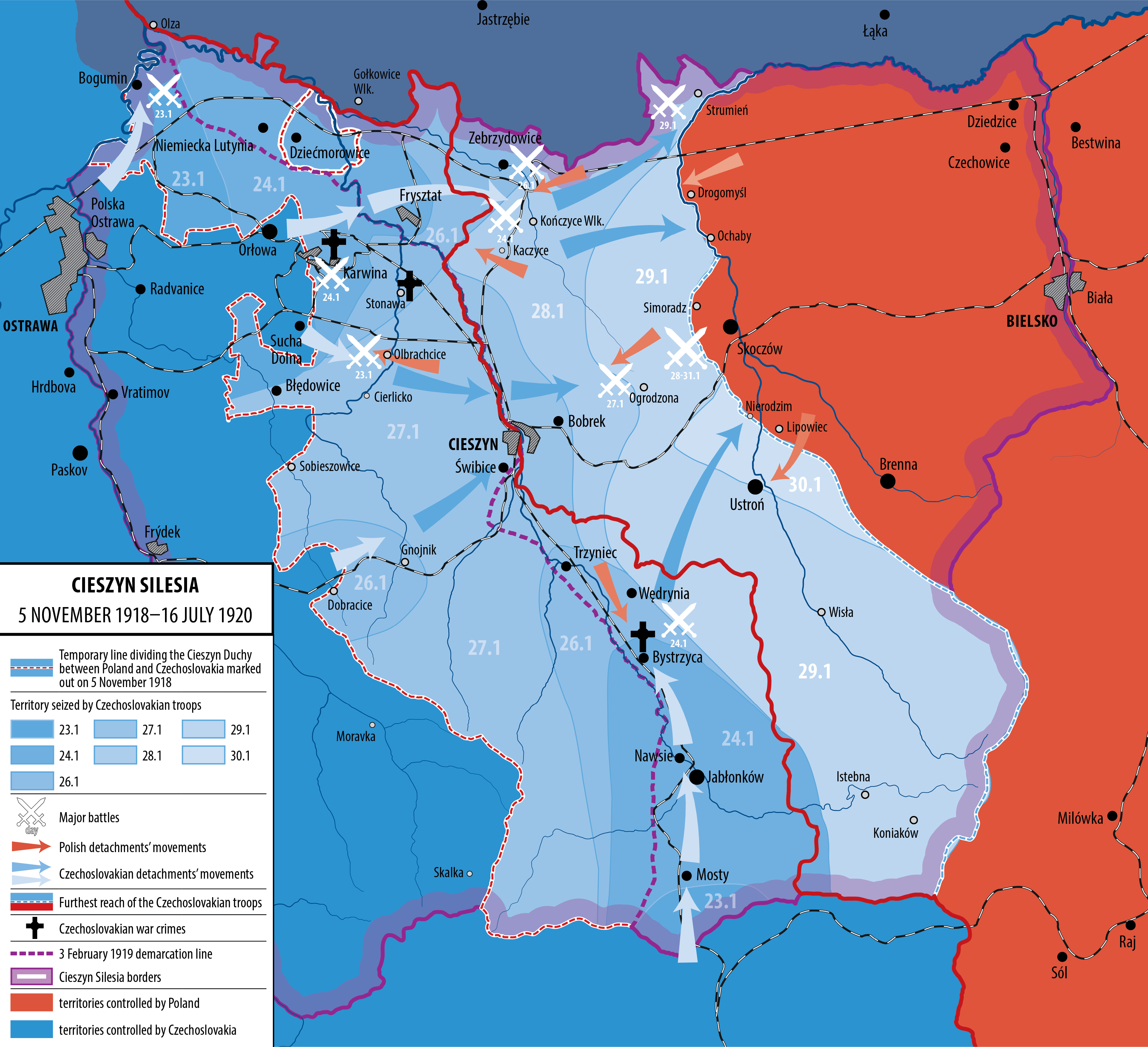Conflict with Czechoslovakia (Spiš, Orava, and Cieszyn Silesia)
Until 1918 Orava, Spiš, and Cieszyn Silesia belonged to the Austro-Hungarian monarchy. After its fall they became an object of a dispute between two emerging countries — Poland and Czechoslovakia. On 5 November, Cieszyn Silesia was divided according to the ethnic criterion as a result of an agreement reached by the Polish National Council of the Cieszyn Duchy and the Czech National Council of Silesia. Most inhabitants of Cieszyn Silesia were Polish (55 percent), while Czechs and Germans constituted 27 and 18 percent respectively. The Czechoslovakian government aimed at taking control of that entire area. The main causes of the conflict were: the crucial trunk line from Bohumin to Košice — the only one joining the east and west of Czechoslovakia, the coal basin in Karviná, and foundries and steelmaking plants. The Czechoslovakian troops entered Cieszyn Silesia on 23 January 1919. They were offered resistance by a small number of Polish volunteer detachments as at that time most of the army was engaged in the war against Ukraine for Eastern Galicia.


